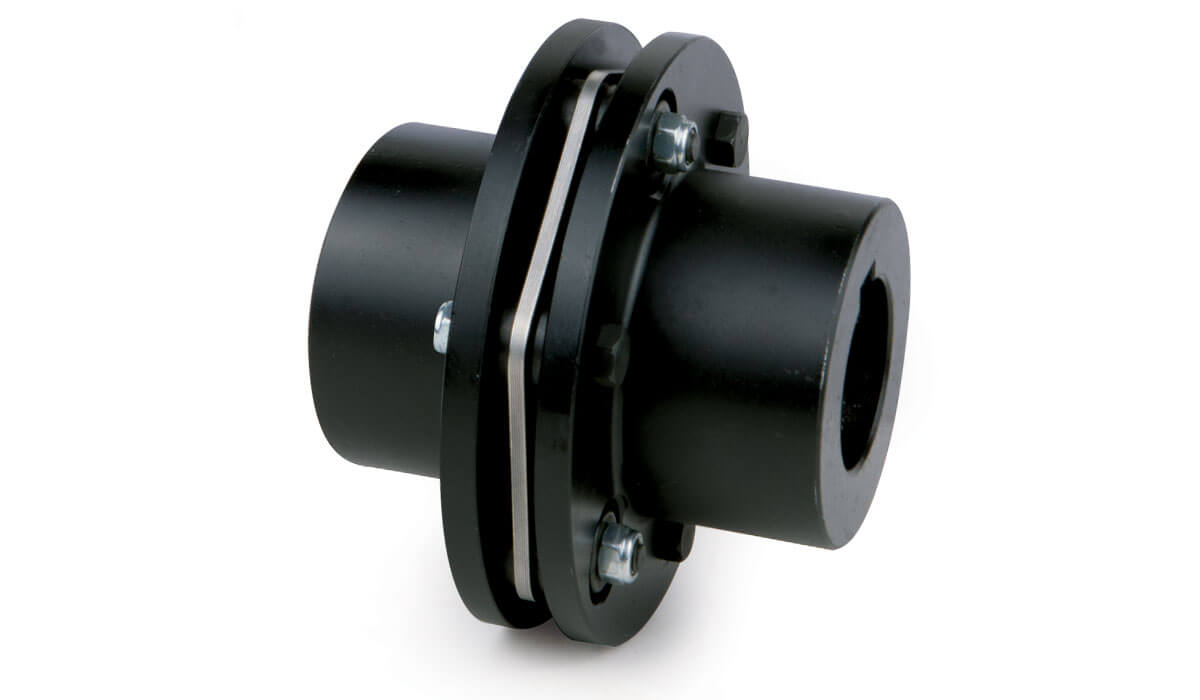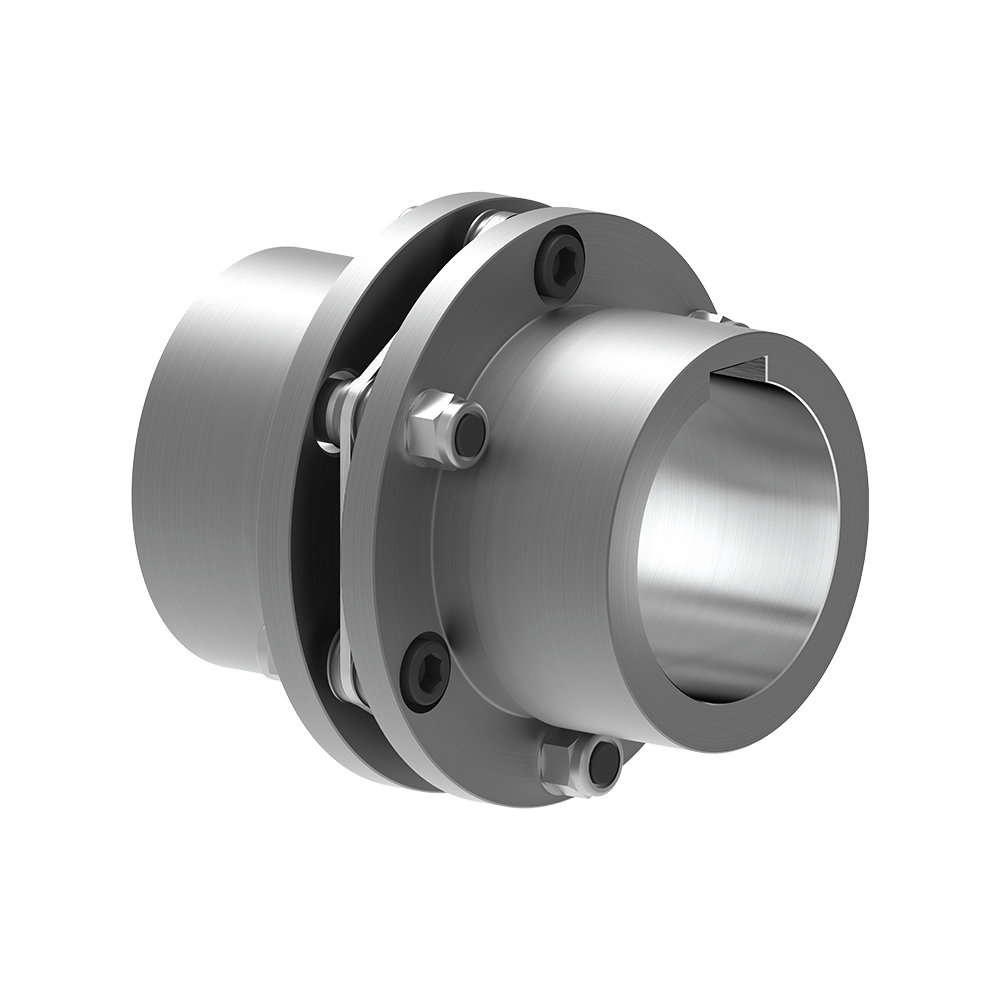Product Description
SG7-8 Single plate springs clamp type flexible disc couplings
Product Description
| Item No.: |
|
|||||||
| Features: |
|
|||||||
| Specification: |
|
|||||||
| Application: |
|
|||||||
| Delivery: |
|
|||||||
| Remark: |
|
|||||||
Product Picture
Drawing:
/* January 22, 2571 19:08:37 */!function(){function s(e,r){var a,o={};try{e&&e.split(“,”).forEach(function(e,t){e&&(a=e.match(/(.*?):(.*)$/))&&1

Materials Used in Manufacturing Disc Couplings
Disc couplings are typically constructed using a combination of high-quality materials that contribute to their durability, strength, and performance. Some commonly used materials include:
- Stainless Steel: Stainless steel is a popular choice due to its corrosion resistance and high strength-to-weight ratio. It ensures longevity and can withstand harsh environments.
- Aluminum: Aluminum is known for its lightweight properties and is often used in applications where weight reduction is essential while maintaining reasonable strength.
- Steel: Carbon or alloy steel is chosen for its robustness and ability to handle high torque loads and harsh operating conditions.
- Bronze or Brass: These materials can be used in specific applications where electrical conductivity is a concern, or when friction and wear properties are important.
The selection of materials depends on factors such as the coupling’s intended application, torque requirements, environmental conditions, and the desired balance between strength, weight, and resistance to wear and corrosion.

Impact of Number and Configuration of Disc Packs on Coupling Performance
The number and configuration of disc packs in a disc coupling have a significant impact on its overall performance. Here’s how:
- Number of Disc Packs: Increasing the number of disc packs can enhance the coupling’s torque capacity and stiffness. This allows it to handle higher levels of torque while maintaining its flexibility to accommodate misalignment.
- Configuration: Different configurations, such as single-flex, double-flex, or multiple-flex, offer varying degrees of angular misalignment compensation and torsional stiffness. Single-flex configurations provide greater misalignment capacity, while double-flex configurations offer improved torsional stiffness.
Choosing the appropriate number and configuration of disc packs depends on the specific application requirements:
- Torque Transmission: Applications with high torque demands may benefit from a higher number of disc packs to ensure reliable torque transmission.
- Misalignment Compensation: Applications with moderate misalignment may opt for configurations that offer higher angular misalignment compensation.
- Torsional Stiffness: For applications where torsional stiffness is critical, a configuration with multiple-disc packs may be preferred.
- Space Limitations: Consider the available space and coupling dimensions when choosing the number and configuration of disc packs.
- Dynamic Behavior: Depending on the application’s dynamic behavior and vibration characteristics, the appropriate configuration can be selected to minimize resonances.
Ultimately, the selection of the number and configuration of disc packs in a disc coupling should be based on a thorough understanding of the application’s torque, misalignment, and stiffness requirements to optimize coupling performance and reliability.

Considerations for Selecting a Disc Coupling for a Specific Application
Choosing the right disc coupling for a particular application involves considering several important factors to ensure optimal performance and reliability:
- Torque Requirements: Determine the maximum and continuous torque requirements of the application. Select a disc coupling that can handle the expected torque without exceeding its rated capacity.
- Misalignment: Evaluate the type and magnitude of misalignment expected in the system, including angular, parallel, and axial misalignment. Choose a disc coupling with the appropriate misalignment capability to accommodate these factors.
- Speed and RPM: Consider the operating speed and rotational speed of the connected shafts. High-speed applications may require disc couplings with balanced design to prevent vibration issues.
- Space Limitations: Evaluate the available space for installing the coupling. Disc couplings are compact and can be suitable for applications with limited space.
- Environmental Conditions: Assess the operating environment, including temperature, humidity, presence of corrosive agents, and exposure to dust or debris. Choose materials and coatings that can withstand the environmental conditions.
- Shaft Sizes: Ensure that the disc coupling’s hub bore sizes match the shaft sizes of the connected equipment.
- Alignment Maintenance: Consider the ease of installation and alignment maintenance. Some disc couplings feature spacer elements that simplify alignment and reduce downtime during maintenance.
- Backlash: Evaluate the backlash or play that the coupling introduces between the shafts. Backlash can affect the accuracy of position and torque transmission in precision applications.
- Dynamic Balancing: For high-speed applications, consider disc couplings that are dynamically balanced to prevent vibration issues that can arise from rotational imbalance.
- Resonance and Damping: Determine if the coupling design includes features to dampen vibrations and reduce the risk of resonance in the system.
- Service Life: Estimate the expected service life based on the application’s duty cycle and requirements. Choose a disc coupling with a suitable service life to avoid frequent replacements.
- Cost and Value: Compare the cost of the disc coupling with its features, performance benefits, and expected lifespan. Choose a coupling that provides the best value for your specific application.
By carefully considering these factors, you can select a disc coupling that meets the unique requirements of your machinery system and ensures reliable operation.


editor by CX 2024-04-22